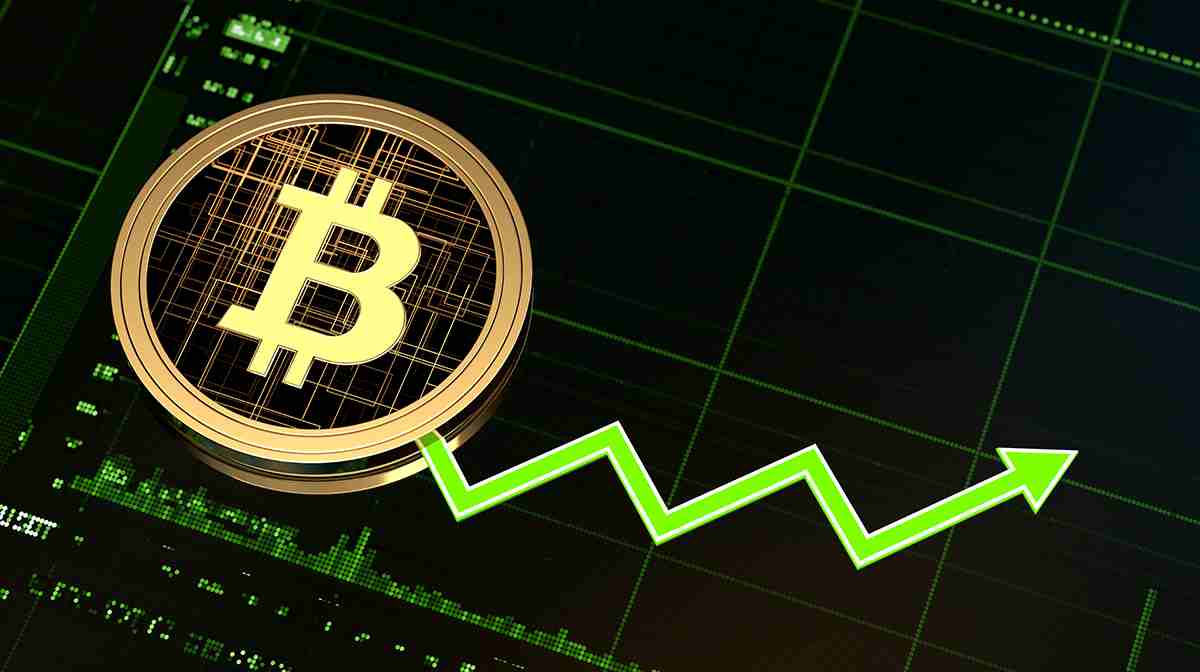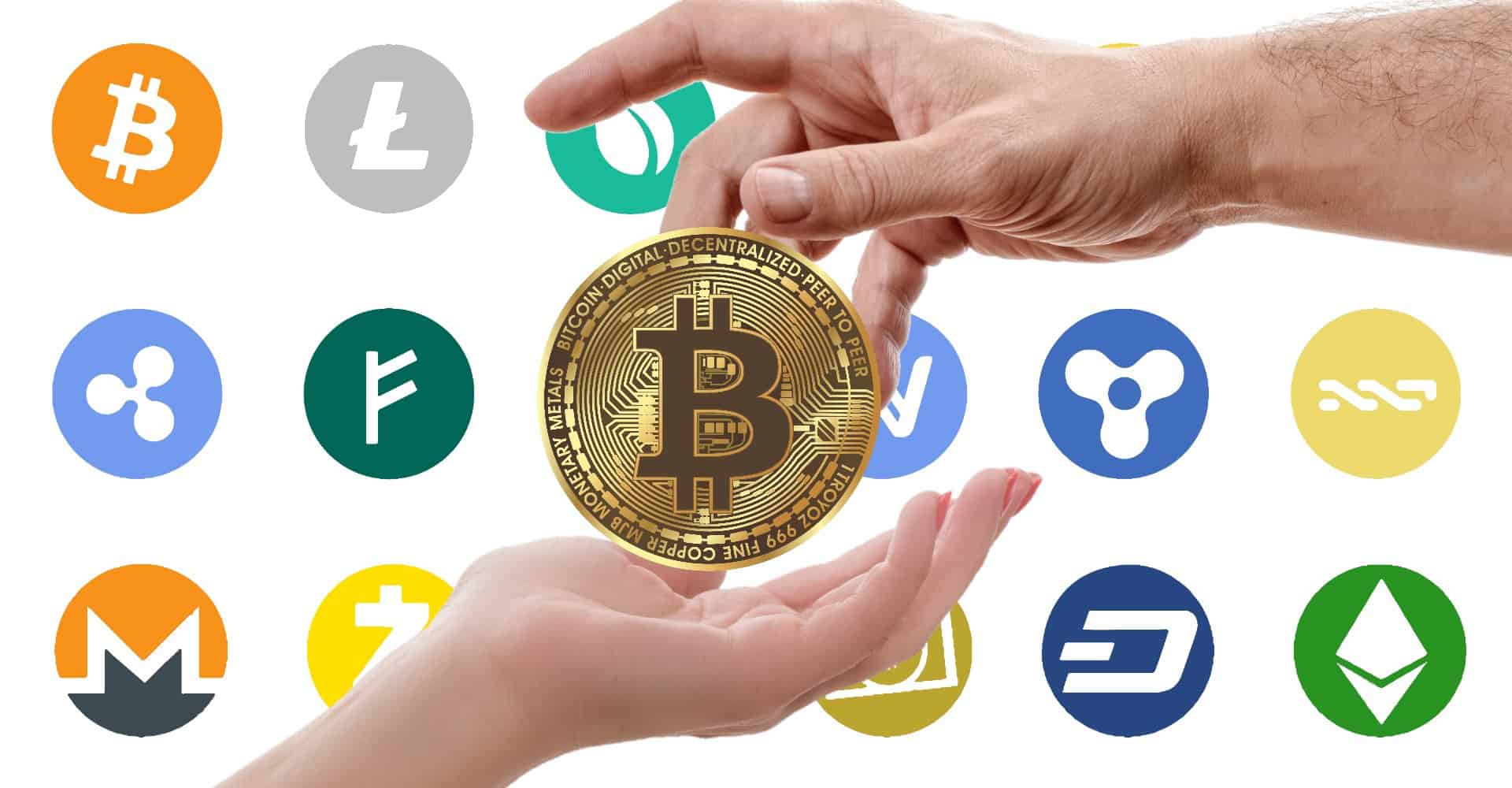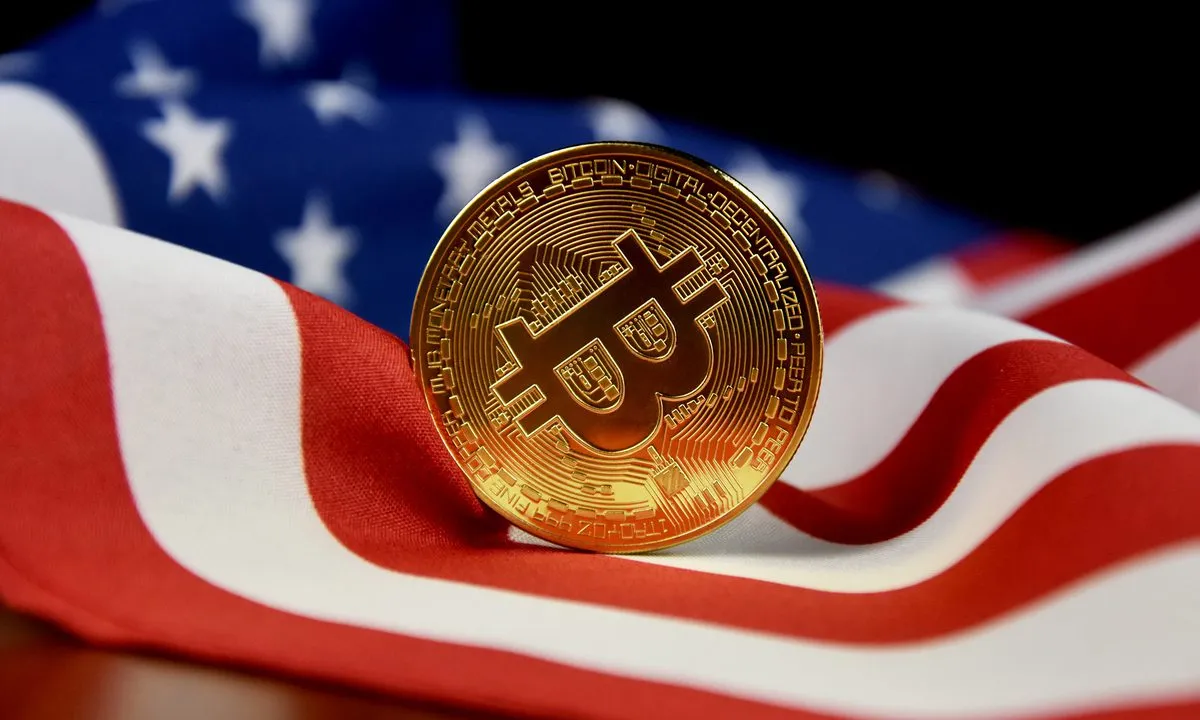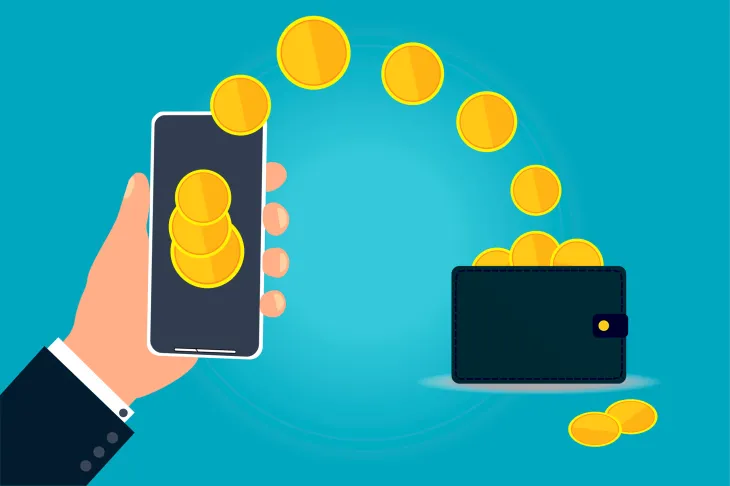Diving into crypto can feel like a maze. You’re here because you want clear, simple advice on tips for making your first cryptocurrency purchase. Trust me, I’ve been there – staring at the rise and fall of Bitcoin and itching to get in on the action. But where do you start? Sure, you could just buy and hope for the best. We both know that’s not the smart move. Let me guide you through understanding the market, setting up your wallet, making that first transaction, and crafting a strategy that lasts. Ready to turn your curiosity into action? Let’s get your feet wet in the world of digital coins without sinking.
Understanding the Cryptocurrency Market Before Your First Purchase
Decoding Blockchain and Cryptocurrency Basics
Blockchain is like a digital ledger, and it’s super secure. Picture it as a chain where each link is a bunch of saved info. That’s what keeps cryptocurrency safe. Now, what’s cryptocurrency? It’s digital money, not physical. You use it online.
When you get into cryptocurrencies, you’re dealing with a whole new type of currency. It’s not like regular bucks or coins. The tech here is complex, and it all sits on that blockchain. Investing in cryptocurrencies starts with a good grasp of blockchain. You need it to know how secure your digital bucks are.
Knowing these basics matters a lot. It sets you up to make smart choices. Think of it as the ABCs before you start reading full-on books.
Assessing Market Trends and the Importance of Timing
Wanna know the best time to buy crypto? Watch the market trends closely. Think of it like surfing—you wanna catch the wave at the right moment. Market trends tell you how cryptos are doing. Are they going up? Down? Staying flat? This info guides you when buying.
Jumps and drops in prices can happen fast. If you’re in the know, you can act quick and snag a deal, or avoid a loss. This is why timing is key. But there’s a catch—timing the market perfectly is super tough, even for pros. So what should you do? Think long-term. If you buy and hold, day-to-day changes won’t freak you out as much.
Getting into crypto takes research. Read up, watch videos, and chat with other buyers. When you know market trends, you’re better prepped to jump in. Aim to buy when prices dip, but remember, no one can guess the perfect moment._CRYPTO INVESTING IS RISKY
Look, this crypto world can be wild. But don’t let that scare you. Arming yourself with knowledge is your first defense. Begin with blockchain and knowing what makes cryptocurrencies tick. Then, dive deep into the market trends. And hey, timing your purchase might be tricky, but the more you learn, the better shots you’ll take. Remember, everyone was a beginner once. So take it step by step, and soon, you’ll be making moves like a pro.
Preparing for Your Crypto Investment
Setting Up a Secure Wallet and Choosing the Right Exchange
Before you dive into crypto, you’ll need a wallet. Not a leather one, but a digital wallet. This wallet holds your coins and keeps them safe. Think of it as your cryptocurrency home. To set one up, find a wallet app or service. Look for one that is secure and easy to use. There are many options, so do your homework. Compare features like security, backing up your wallet, and what coins it supports.
Once your wallet is ready, pick an exchange to buy from. A crypto exchange is like a market for digital currencies. It’s where you exchange your dollars for cryptocurrencies. But not all exchanges are the same. You want one that is reliable and easy to use. Also, they must value your security and privacy. Look for exchanges with good reviews and solid customer service.
When choosing, think about what coins they offer. Some exchanges have more coin types than others. This could matter if you’re after a specific one.
Funding Your Account and Using Fiat to Begin Trading
Now, about your money. To buy crypto, you need to put money into your exchange account. This is known as “funding” your account. Most people use fiat to do this. “Fiat” is a fancy word for “regular money,” like dollars or euros.
Here’s how it goes: You transfer fiat from your bank to your exchange account. Next, you trade that for the cryptocurrency you want. Make sure to check the exchange’s fees for this service. Each one has different fees, and they add up.
Remember, buying crypto is a big step. Take your time to learn the ropes. Go slow and start small. It’s not a race, it’s about making smart decisions for your future.
In the world of cryptocurrency, the right preparation is key. You’re setting the stage for a solid investment journey. Choosing a crypto wallet and exchange is the first big choice you’ll make. Getting these right means you’re off to a strong start in the exciting world of digital currency.
Executing Your First Cryptocurrency Transaction
Navigating Buying Processes and Transaction Fees
Let’s dive into how you buy your first digital coin. Picking a cryptocurrency exchange is step one. Think of it as a shop for crypto. Each shop has different items and prices. So take your time. Check fees, support, and what coins they offer. Start simple. In the beginning, you may want access only to well-known coins like Bitcoin or Ethereum. These are popular choices for a first purchase.
When you sign up for an exchange, you’ll fund your account. This is where you use regular money, called fiat, to buy crypto. It’s like exchanging dollars for euros when traveling. Be ready for fees here. They can change based on how much you buy or your payment method. Sometimes using a bank transfer is cheaper than a credit card. Learn about these fees to avoid surprises.
Evaluating Risks and Privacy Concerns of Different Cryptocurrencies
Now, let’s talk safety and secrets. Each coin has different risks. For example, Bitcoin is old and well-known. Many trust it. New coins, called altcoins, might grow fast. But they can fall just as quick. It’s a risk you take for the chance at high returns. Always think: Can I handle the loss if things go bad?
Privacy also matters. All crypto deals are recorded on a list called a blockchain. It’s hard, but not impossible, to find who owns what. Some coins keep you more hidden than others. If privacy is a big deal for you, look for coins that promise this.
Choosing a crypto wallet is like picking a safe. You need a safe place to keep your coins. A good wallet protects your money. Some are like vaults in the bank. Others are on your phone. For top safety, get a hardware wallet. It stores your crypto offline. This way, hackers can’t get to it.
Crypto buying is more than a single step. It’s a mix of smart choices. Pick a good exchange. Know about fees. Understand the risks. Choose how much you can risk. Keep your privacy needs in mind. Get a secure wallet.
Remember, doing your homework pays off. Don’t rush into buying. Look at trends. Read about new coins. Be a wise buyer, and crypto can be exciting and rewarding. Just always plan for the road ahead, and the bumps that come with it.
Beyond the First Purchase: Developing a Sustainable Strategy
Diversifying Your Portfolio and Understanding Long-Term Holdings
Diversifying your crypto is key. It’s like not putting all your eggs in one basket. Aim for a mix of crypto types. Why? It spreads the risk. Different cryptos react in their own ways to market changes. Buying both Bitcoin and altcoins can balance your chances for gain and loss.
Long-term holding means keeping your crypto for a while. Think years, not days. The key is patience. You can’t predict daily swings, but long-term trends might be more stable. Long-term holding lessens the urge to sell in a panic when prices drop. It’s like planting a tree. It only grows strong over time.
Keeping Informed on Regulations and Tax Implications
Staying up to date on crypto rules and taxes is vital. Crypto laws change often and vary by place. They can affect how much crypto you can buy or which ones you can hold. You must track all your crypto buys and sells. Why? You need them for tax time. Not knowing these can lead to fines or legal issues.
Taxes on crypto can be complex. You’ll pay taxes on any gains when you sell for more than you paid. Crypto gifts and using crypto to buy goods can also trigger taxes. Keeping detailed records helps. It can smooth out tax filing and show you what you owe.
Remember, safe crypto buying is a must. Choose a reliable exchange and set up a secure wallet for your digital coins. Be aware of transaction fees for buying and selling. And lastly, always verify your sources to avoid scams.
By thinking about safe crypto purchasing, you make sure your first buy is just step one. With the right strategy and knowledge, you can play the long game. And maybe, just maybe, watch your investment grow.
I’ve walked you through the basics of the crypto market and how to start trading. We looked at blockchain tech and market timing. I showed you how to set up a wallet and pick an exchange. You learned about buying crypto and handling fees. We also talked about risks and keeping your info safe. It’s key to diversify and know the rules for taxes.
Think of your first crypto buy as step one in a long journey. Stay smart and keep learning to grow your money. Remember, it’s not just about today, but about building for the future. Stay alert and adapt as you go. Good luck out there!
Q&A :
What should I know before buying cryptocurrency for the first time?
Before making your first cryptocurrency purchase, it’s important to understand the basics of what cryptocurrency is and how it operates. Research different cryptocurrencies, learn about blockchain technology, and study market trends. Choose a reputable exchange, decide on a storage method for your digital assets (like a hardware wallet or secure software), and only invest money you can afford to lose. Additionally, be aware of the fees associated with purchasing and transferring crypto, and know the tax implications of your investments.
How do I choose the right cryptocurrency to invest in as a beginner?
For beginners, it’s critical to start with well-known and widely accepted cryptocurrencies, such as Bitcoin or Ethereum. Research the project behind the cryptocurrency, its use case, technological soundness, and market position. Look into the team, background, and community support. Reading whitepapers and following the latest industry news can also provide valuable insights. Remember to start small and diversify your investments to minimize risks.
What are the best practices for securing cryptocurrency after purchase?
Securing your cryptocurrency is paramount. Best practices include using a hardware wallet for significant amounts, setting up two-factor authentication (2FA), keeping your private keys secure and offline, using secure and unique passwords, and being cautious of phishing attempts. Regularly updating your wallet’s software and backing up your wallet can also ensure safety. Avoid keeping large sums on exchanges for extended periods, and consider using multi-signature wallets for added security.
Are there any common mistakes to avoid when buying cryptocurrency?
Common mistakes include buying based on hype without doing proper research, not understanding the technology, neglecting security measures, and investing more than what you can afford to lose. Failing to diversify, ignoring transaction fees, and not keeping track of your investment’s performance are also pitfalls. Moreover, impulsive trading due to market volatility can result in significant losses. Take time to educate yourself thoroughly on the risks and mechanisms of cryptocurrency before investing.
Can I purchase a small amount of cryptocurrency to start with, and how?
Yes, you can definitely start by purchasing a small amount of cryptocurrency. Many exchanges offer the option to buy fractions of a coin, allowing you to invest with a relatively small amount of money. Begin by setting up an account on a credible exchange, complete the required KYC (Know Your Customer) procedures, and link a payment method. You can then proceed to place an order for the desired amount of cryptocurrency, even if it’s just a tiny fraction of a full coin. This approach can help you get familiar with the process and dynamics of the market without overwhelming risk.




